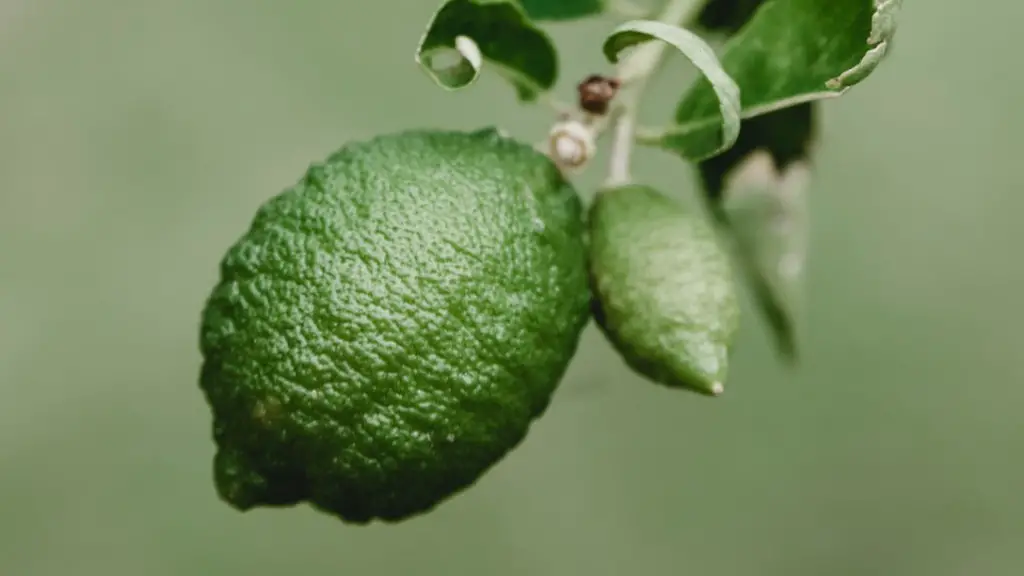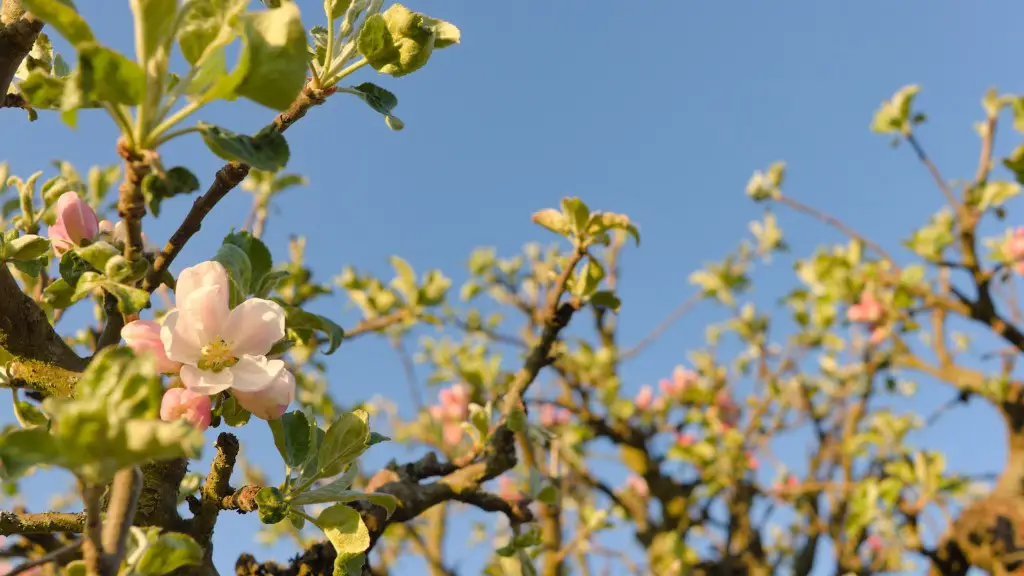Mealybugs on a lemon tree can be an annoying problem for gardeners. However, there are some easy steps that can be taken to eradicate this pest. Firstly, it is important to thoroughly inspect the tree to identify the affected areas, and to determine what type of insect you are dealing with. Secondly, it is important to act promptly. Mealybugs can spread quickly and damage a tree if left untreated. Thirdly, it is important to remove the affected areas by pruning and disposing of any affected parts. Fourthly, it is important to use a safe and effective insecticide that is specifically designed to get rid of mealybugs. Fifthly, it is important to apply the pesticide as directed and to pay particular attention to the underside of the leaves where the mealybugs typically thrive. Sixthly, it is important to monitor the tree after treatment to ensure the mealybugs do not return. Lastly, it is important to make sure that proper sanitation and prevention methods are followed to stop further infestations.
Natural Solutions for Mealybugs on a Lemon Tree
Controlling mealybugs on a lemon tree does not necessarily require the use of chemical pesticides. There are some natural solutions that can be used to address the problem. Firstly, avoidance is key – it is important to make sure that the tree is not subject to excessive stress, and to mitigate where possible the conditions that attract mealybugs. Secondly, it is a good idea to make sure that the tree is watered regularly and consistently, and to use mulch around the base of the tree. Thirdly, the use of ladybugs or parasitic wasps can be effective at eliminating mealybugs. Fourthly, the use of natural predators like lacewings or predatory mites can also be helpful. Fifthly, certain organic insecticides like neem oil can be used to reduce the population of mealybugs. Lastly, the use of trap plants, like marigolds, can help deal with the mealybug population.
Manual Control of Mealybugs on a Lemon Tree
Removing mealybugs by hand can be a time-consuming process but it can be effective if done correctly. Firstly, it is important to use a sharp pair of scissors and to make sure that the affected areas are pruned. Secondly, it is important to spray the tree with the appropriate solution, such as a mixture of water and insecticidal soap, and to pay particular attention to the undersides of the leaves. Thirdly, it is best to wear rubber gloves when removing the mealybugs by hand. Fourthly, it is important to monitor the tree regularly and to remove any remaining mealybugs when spotted. Fifthly, it is important to dispose of the affected areas safely, as mealybugs can survive in soil or compost for a long time. Lastly, it is important to keep the tree clean and free from debris, as mealybugs are attracted to plant material.
Cultural Control of Mealybugs on a Lemon Tree
Cultural controls, such as proper sanitation, can also be effective at controlling mealybug infestations. Firstly, it is important to keep the tree clean and clear of debris. Secondly, it is important to take steps to prevent the spread of mealybugs, such as checking nearby plants and making sure that new plants have been properly inspected. Thirdly, it is important to make sure the tree is well-watered and to make sure the soil is not too dry or too wet. Fourthly, it is important to keep weeds away from the tree, as they can provide harbourage for mealybugs. Fifthly, it is important to prune the tree regularly and to make sure that the tree is well-ventilated. Lastly, it is important to inspect nearby fruit trees for mealybugs, as they can easily spread from one tree to another.
Organic Control of Mealybugs on a Lemon Tree
Organic solutions can be effective at controlling mealybugs on a lemon tree. Firstly, it is important to use organic insecticides, such as neem oil, which are specifically designed to target mealybugs. Secondly, it is important to make sure that the pesticide is applied correctly and at the right time of day, as this will ensure the best results. Thirdly, it is important to make sure that the affected areas are thoroughly sprayed and that all parts of the tree are treated. Fourthly, it is important to use anti-fungal products to help prevent disease and to help keep the lemon tree healthy. Fifthly, it is important to use beneficial nematodes, which can help control the mealybugs but will not harm other beneficial insects. Lastly, it is important to make sure that all affected parts of the tree are removed and disposed of properly.
Chemical Control of Mealybugs on a Lemon Tree
Chemical insecticides can be used to control mealybugs on a lemon tree but it is important to use them with caution. Firstly, it is important to make sure that the insecticide is specifically designed to target mealybugs. Secondly, it is important to make sure that the pesticide is applied correctly and at the right time of day for the best results. Thirdly, it is important to only use the recommended amount and to make sure that all areas of the tree are treated. Fourthly, it is important to carefully read and follow the instructions on the product label. Fifthly, it is important to wear protective clothing and to make sure that pets and children are kept away from the treated area. Lastly, it is important to make sure that the pesticide is disposed of safely and in accordance with local regulations.

